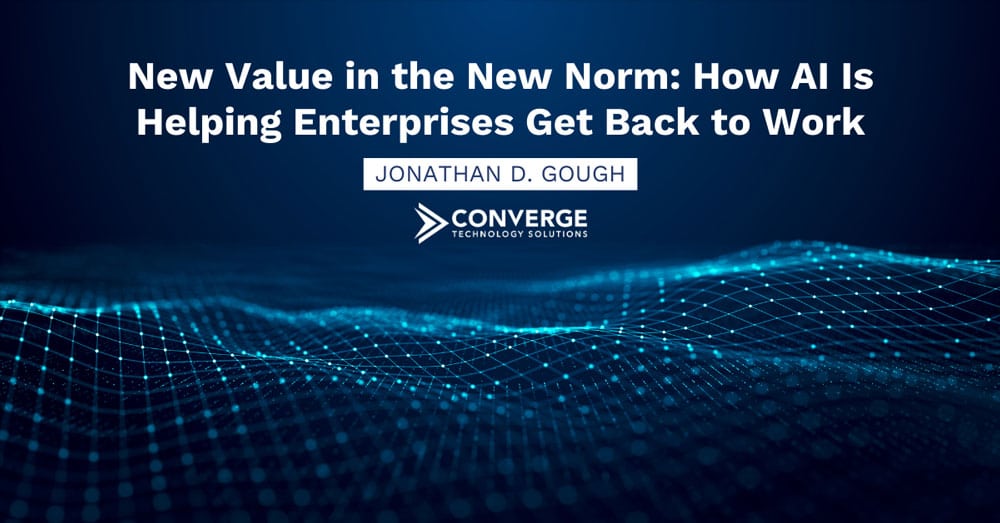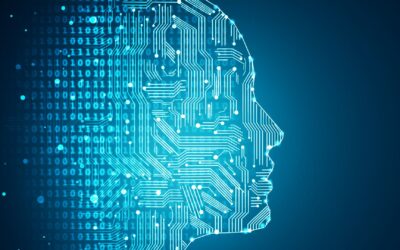As the manager of an engineering team, I’ve watched my team make a seamless transition to remote work and quickly adapt to our clients’ needs in order to keep up with operations and build new solutions.
These days, many organizations share similar stories. Unprecedented times have brought new challenges and a new norm to the world of business and work. In it, leaders are tasked with helping their teams adapt to the moment at hand. They need to help their teams be productive, continue to build client trust, deliver solutions that provide value, and achieve strategic business outcomes.
Here are some ideas for managing tactical issues and strategic opportunities with AI.
Back to work success stories with advanced analytics
The tools of AI and advanced analytics – like computer vision, computer voice, and natural language processing – can drive value and help organizations adapt in this new work environment. In this webinar, I share examples of how we’ve been helping clients use AI to make it happen.
Computer vision is driving workplace safety and productivity: Organizations can promote a safe transition back to work for employees by using video analytics on job sites. For example, Visual AI can be used to provide alerts if employees are failing to wear masks. It can measure body temperature to detect a fever. It can even detect if employees are complying with safe social distancing in work areas.

In manufacturing, computer vision provides value when tackling more traditional challenges, such as quality assurance and control. For example, it can inspect parts entering the production stream or identifying items that fail quality criteria during the manufacturing process. Visual AI can verify that parts have been milled to the correctly beveled champhor size (pictured on the left), have been welded correctly, or are rust free (pictured on the right).

AI virtual agents are supporting customer care through call center innovation: Call centers are being transformed by AI-driven Natural Language Processing/Understanding in exciting ways. Managers can now analyze real-time trends, allowing them to make quick, data-informed decisions. For example, they can quickly understand and adjust to surges in call volume. AI is also interacting directly with customers through voice and chat services to solve customer challenges. When agents need help, a bot can predict what solution will help them resolve the customer’s issue and serve this information to the agent in real time.
AI is enabling the “virtual” mail room: While employees work from home, AI can be used to scan and read incoming documents sent by mail – this particularly useful for operations such as legal departments. Once digitized, AI virtual agents can automatically extract and process document information, feed that content into an organization’s system of record, route documents to the correct department, and even suggest the next action to be taken.
See what AI can do for your business
These are just a few of the many things AI can do for an organization. With the right AI solutions, business leaders have an opportunity to help their organizations adapt and innovate in the new norm for work. To learn more, check out the full webinar!





